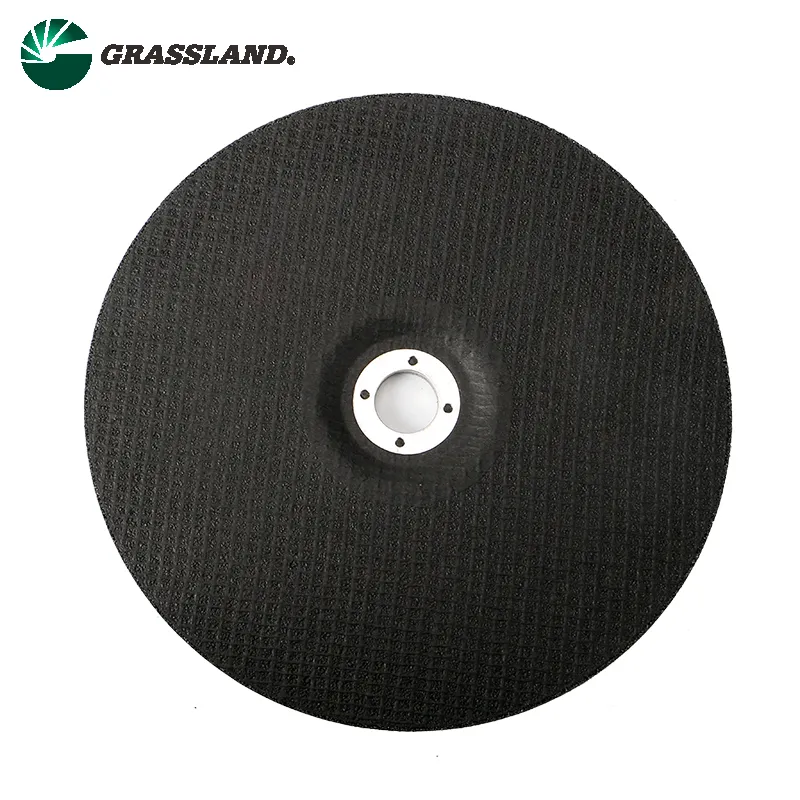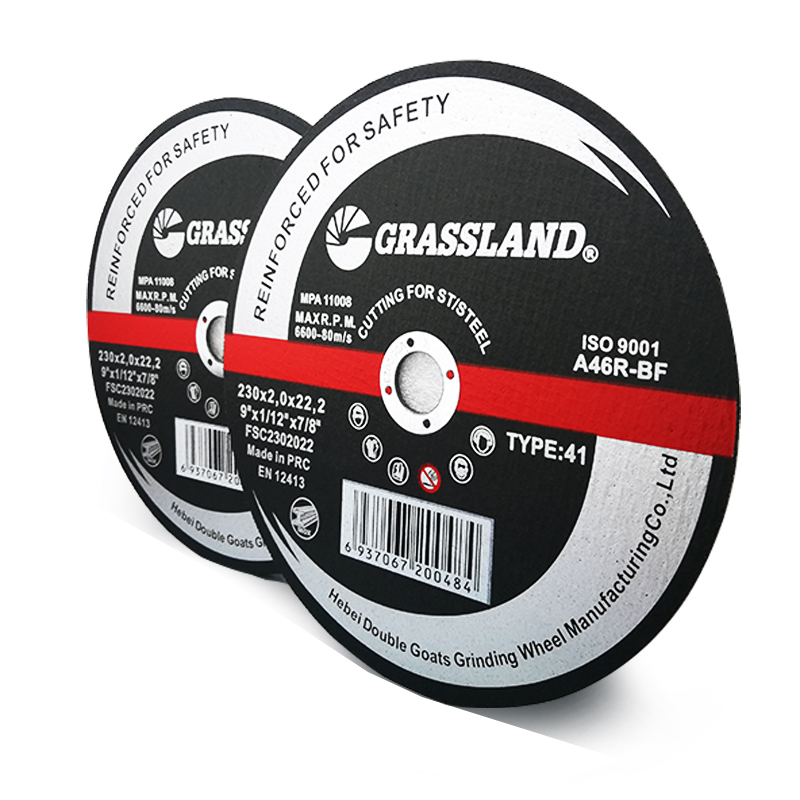The Versatility and Efficiency of 5% Flap Discs in Abrasive Applications
In the realm of industrial machining and surface preparation, the efficiency of tools used can significantly impact the overall productivity and quality of the finished product. Among the various tools available, the 5% flap disc stands out as a versatile and effective solution for a multitude of applications in metalworking, woodworking, and construction. This article delves into the advantages, applications, and proper usage of 5% flap discs, highlighting their importance in modern abrasive processes.
Understanding Flap Discs
Flap discs are a type of abrasive tool designed for grinding, blending, and finishing metal and other materials. They comprise multiple layers of flaps made from abrasive material, usually attached to a backing plate. The unique design allows for a more uniform wear and extended life compared to traditional grinding wheels. The term 5% refers to the specific angle of the flaps, which provides a balance between grinding and finishing capabilities.
Advantages of 5% Flap Discs
1. Versatility One of the most notable advantages of 5% flap discs is their versatility. They can be used for a wide range of applications, including surface preparation, weld cleanup, and edge blending. Their ability to perform both grinding and finishing tasks makes them a go-to solution for many professionals.
2. Efficient Material Removal The design of the flap disc allows for aggressive material removal without overheating the workpiece. This is particularly important in applications where the integrity of the material must be maintained.
3. Consistent Finish The gradual wear of the flaps ensures a consistent finish throughout the life of the disc. With their ability to provide a smooth surface, 5% flap discs are ideal for applications requiring a high-quality finish, such as automotive bodywork and decorative metal finishes.
4. Reduced Vibration and Noise Compared to traditional grinding wheels, flap discs produce less vibration and noise. This contributes to a more comfortable working environment, reducing operator fatigue and enhancing productivity.
5 flap disc

5. Cost-Effectiveness Although flap discs may have a higher upfront cost than some traditional abrasives, their longer lifespan and efficiency can lead to cost savings in the long run. Fewer disc changes and reduced waste make them an economically sensible choice for many businesses.
Applications
5% flap discs are widely used across various industries. In metalworking, they are employed for tasks such as grinding welds, removing rust or paint, and preparing surfaces for coating. In woodworking, they are effective for sanding down edges and achieving smooth finishes on furniture and cabinetry. Additionally, the construction industry utilizes flap discs for surface preparation and maintenance of equipment and structures.
Proper Usage for Maximum Efficiency
To maximize the benefits of 5% flap discs, users must follow proper practices. First, it is essential to select the right grit size for the specific application. Coarser grits are ideal for heavy material removal, while finer grits will yield a smoother finish.
Secondly, using the correct speed is crucial. Flap discs are designed for use on angle grinders, and it is vital to adhere to the manufacturer’s recommended speed to prevent damage to both the disc and the workpiece. Lastly, users should apply consistent pressure to ensure uniform wear and maximize the lifespan of the flap disc.
Conclusion
The 5% flap disc is an indispensable tool in the toolkit of metalworkers, woodworkers, and construction professionals. Its unique design offers versatility, efficient material removal, and a consistent finish, making it suitable for a wide range of applications. As industries continue to seek methods for improving productivity and quality, flap discs are likely to remain a popular choice, proving that sometimes the simplest tools can deliver the most significant results. Embracing the use of 5% flap discs can lead to enhanced efficiency and superior outcomes in various abrasive processes.
Post time:Dec - 30 - 2024

















